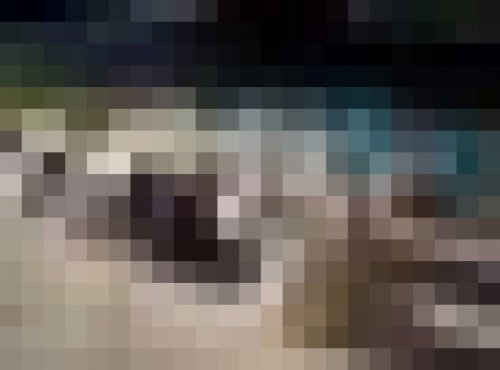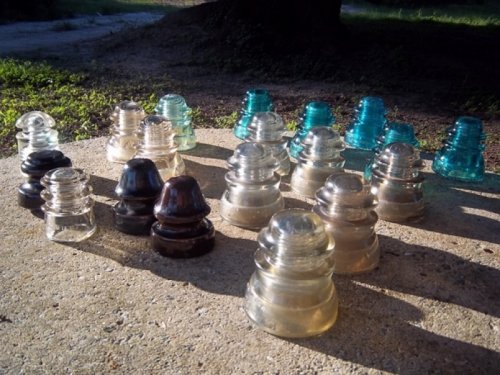dirtdiggerswife
Well-Known Member
So here is a pic! clear Pyrex Trade mark REG. US. PAT OFF PAT.APPD. FOR KI...Whitall Tatum No1 79-46 A INSIDE OF CIRCLE 2 Dots under & 1 on upper left...,next one 76-46 A ( SAME THING BUT TWO DOTS ON RIGHT)...,68-46 A Dot same as first...,67-46 A 1 dot on upper left 2 on rt & 2dots under...,60-46A SAME DOTS AS THE FIRST...,Whitall Tatum Co TRIANGLE INT. INSIDE ONE WITH A 44, ANOTHER WITH A 32, Another Light Aqua 19, White glass Whitall Tatum No.3 16 & 1 more that isn't pictured Pyrex clear has KLL. So I didn't know exactly what you guys called them things until today! Duhhuh!




